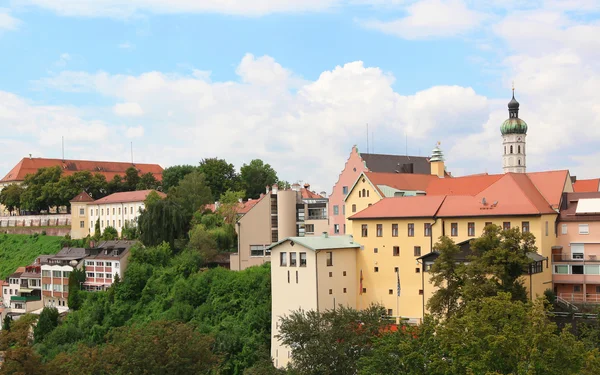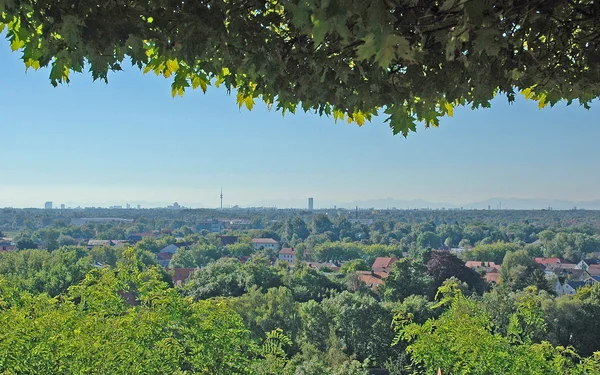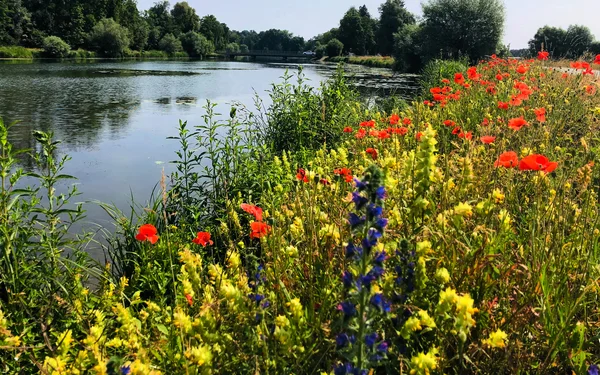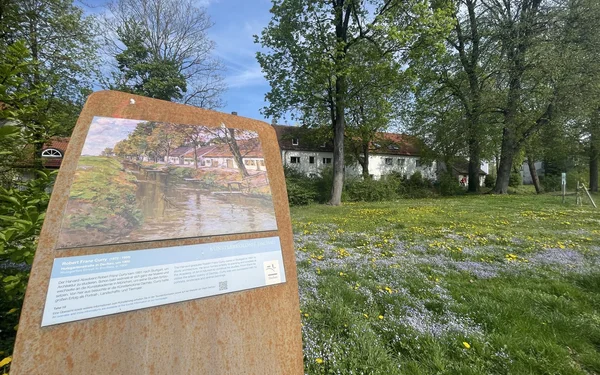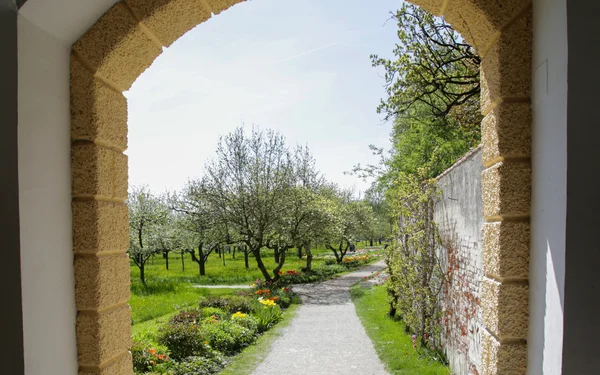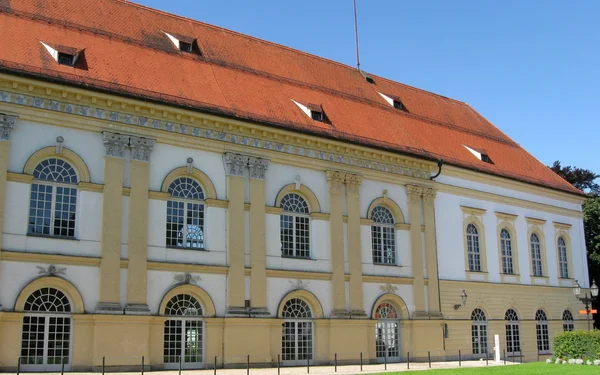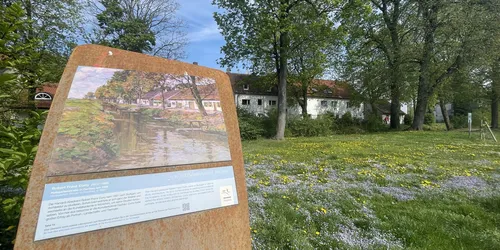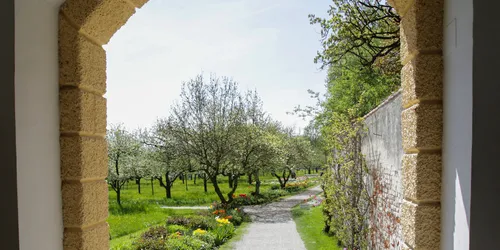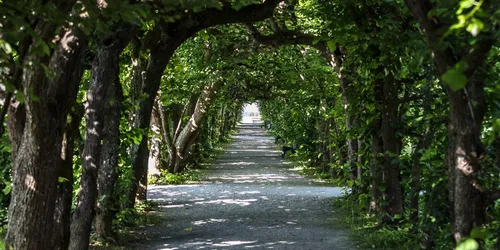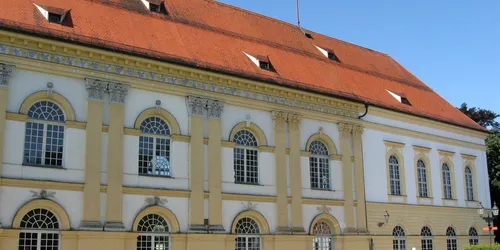Art and the electoral summer
From the Amper to the castle: this hike takes you through the Dachau artists' colony, along historic paths and to the most beautiful panoramic views over Munich.
Dachau
4 h
11 km
This hike allows you to make surprising leaps back in time. The artists' trail in Dachau shows the landscape as it was seen by the painters of the artists' colony more than a hundred years ago. The landscape of the past and present stand side by side.
The courtyard garden of the Wittelsbach summer residence delights visitors with its beauty and opens up wide views over the surrounding area of Munich.
The Amper river landscape is home to a number of natural rarities. The local gastronomy offers delicious dishes for an enjoyable end to a hike rich in beauty.
A hiking tour for nature lovers and culture vultures
Start and end station
Start station
Dachau Bahnhof
3 tour steps
11 km / 4 Stunden
End station
Dachau Bahnhof
Our tip: Please make sure to check your train connection and the expected capacity before you start your journey.
Schedule
Tour starts on Dachau Bahnhof
Direction
The route first leads through the centre of Dachau. Sparkassenplatz is adorned with a large fountain created by the artist Reinhold Grübl in 1984. A section of the Dachau Artists' Trail can already be found in Münchener Straße, which the hike follows to the Amper.
Konrad-Adenauer-Str. 2-6
85221
Dachau
Direction
Kurfürst-Max-Emanuel-Platz
85221
Dachau
Direction
Kurfürst-Max-Emanuel-Platz
85221
Dachau
